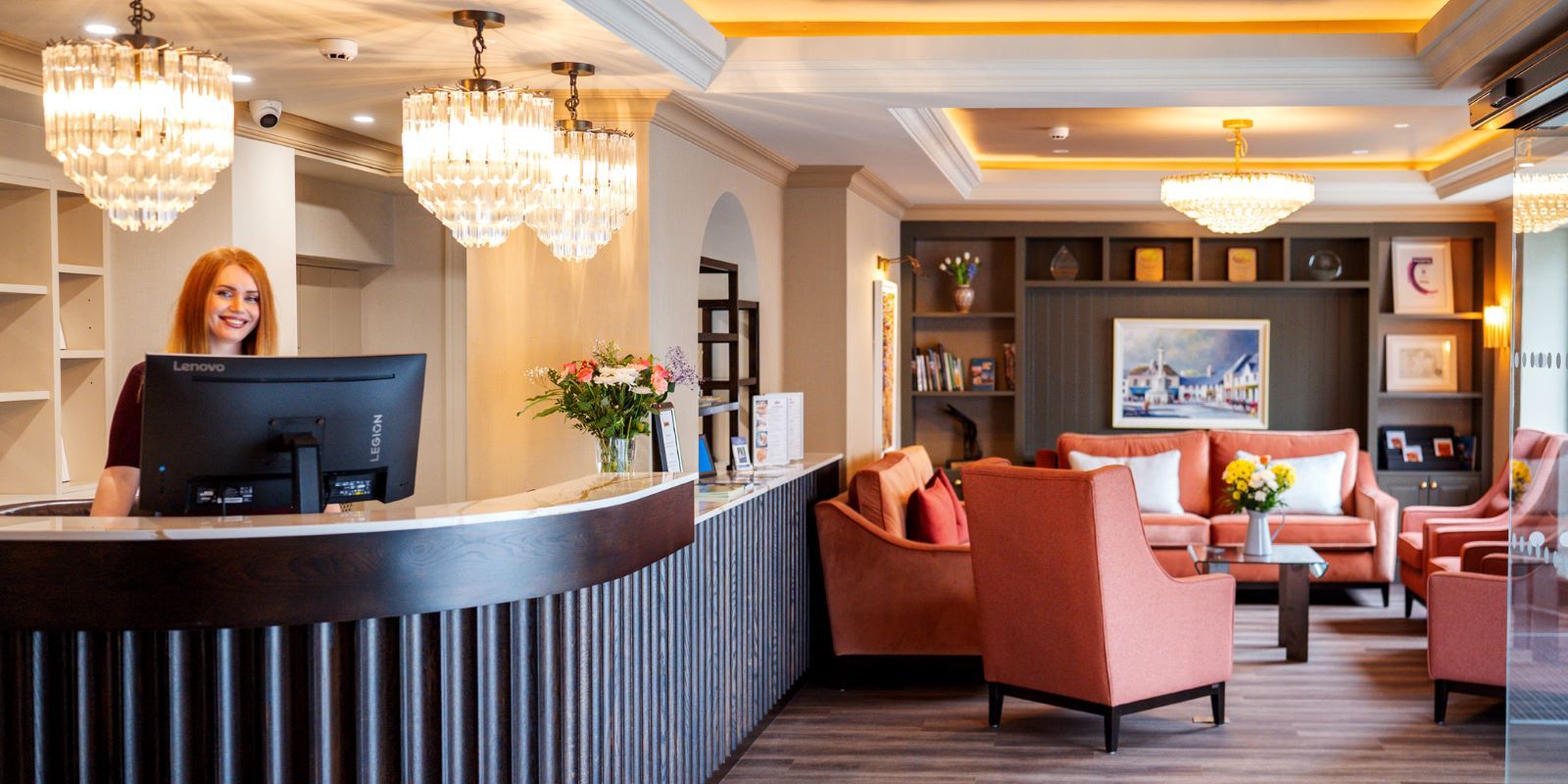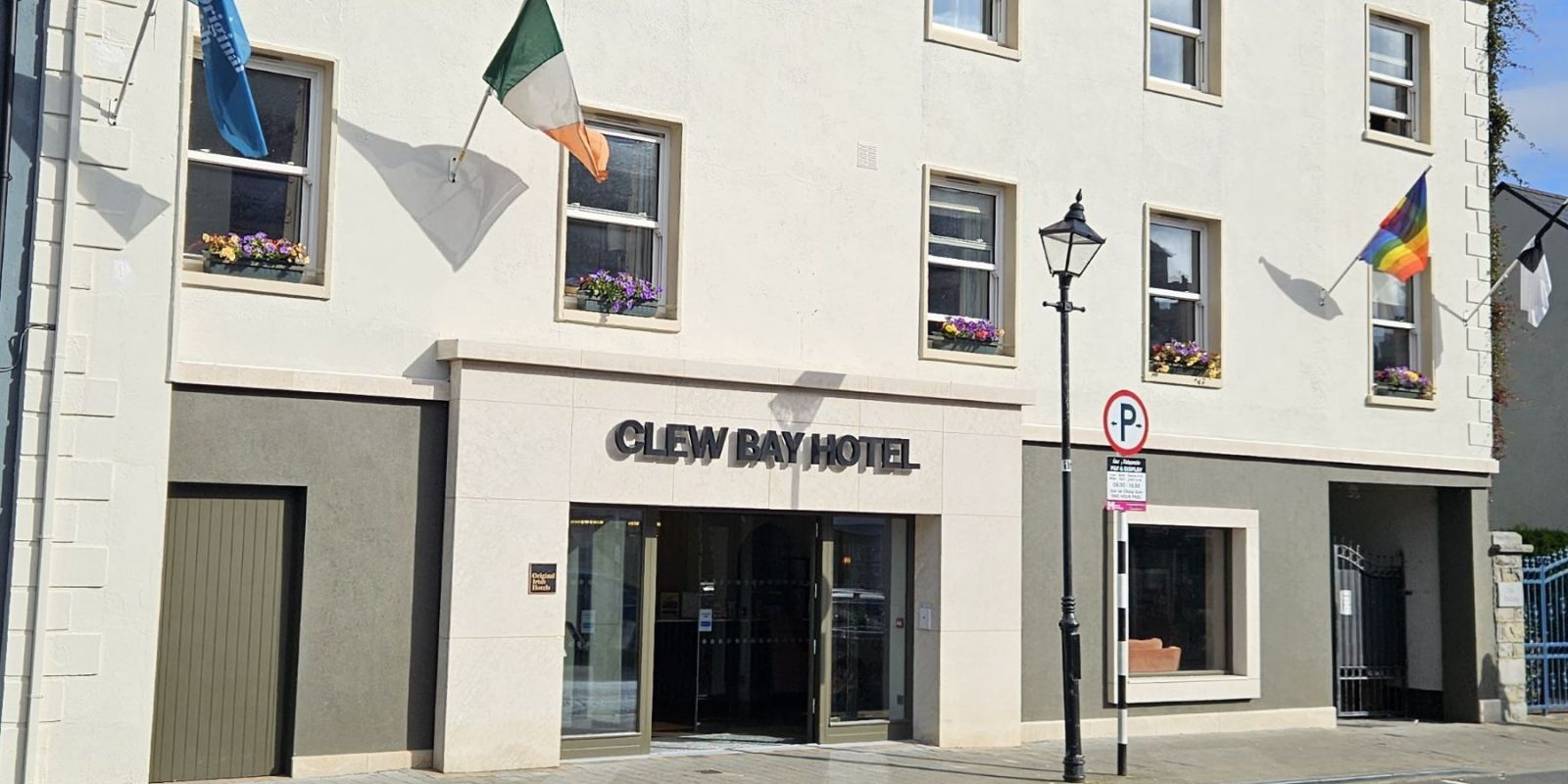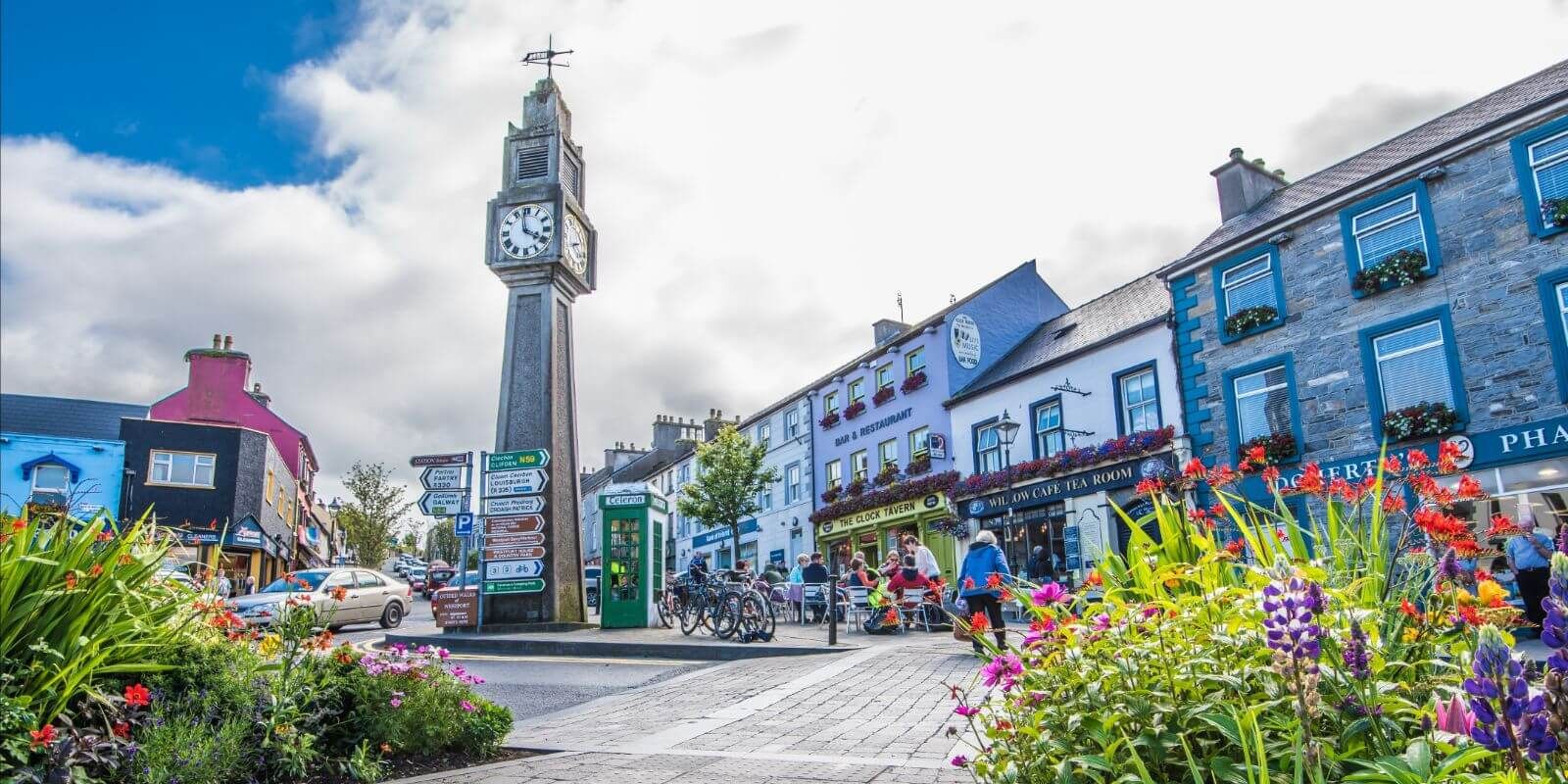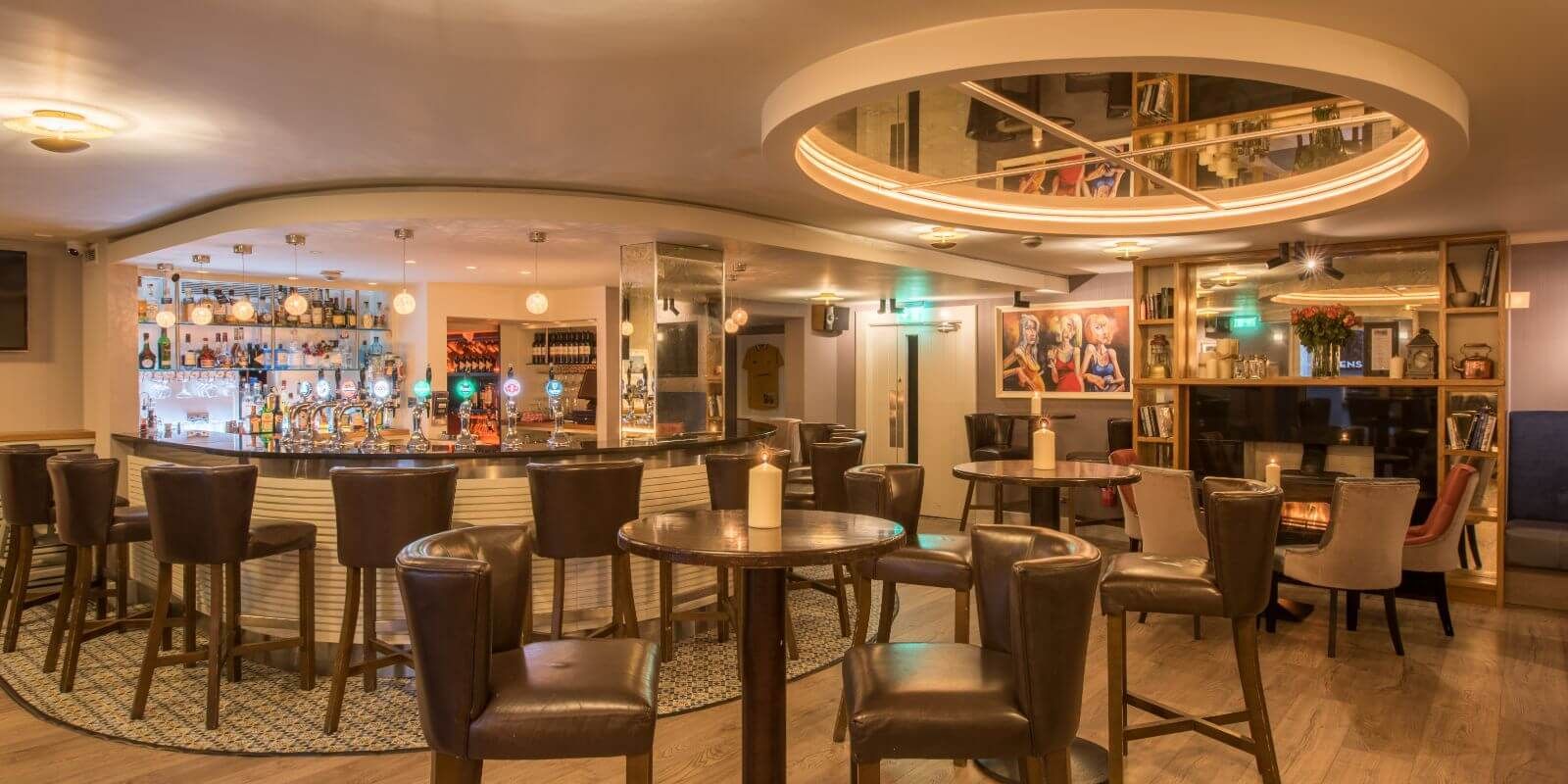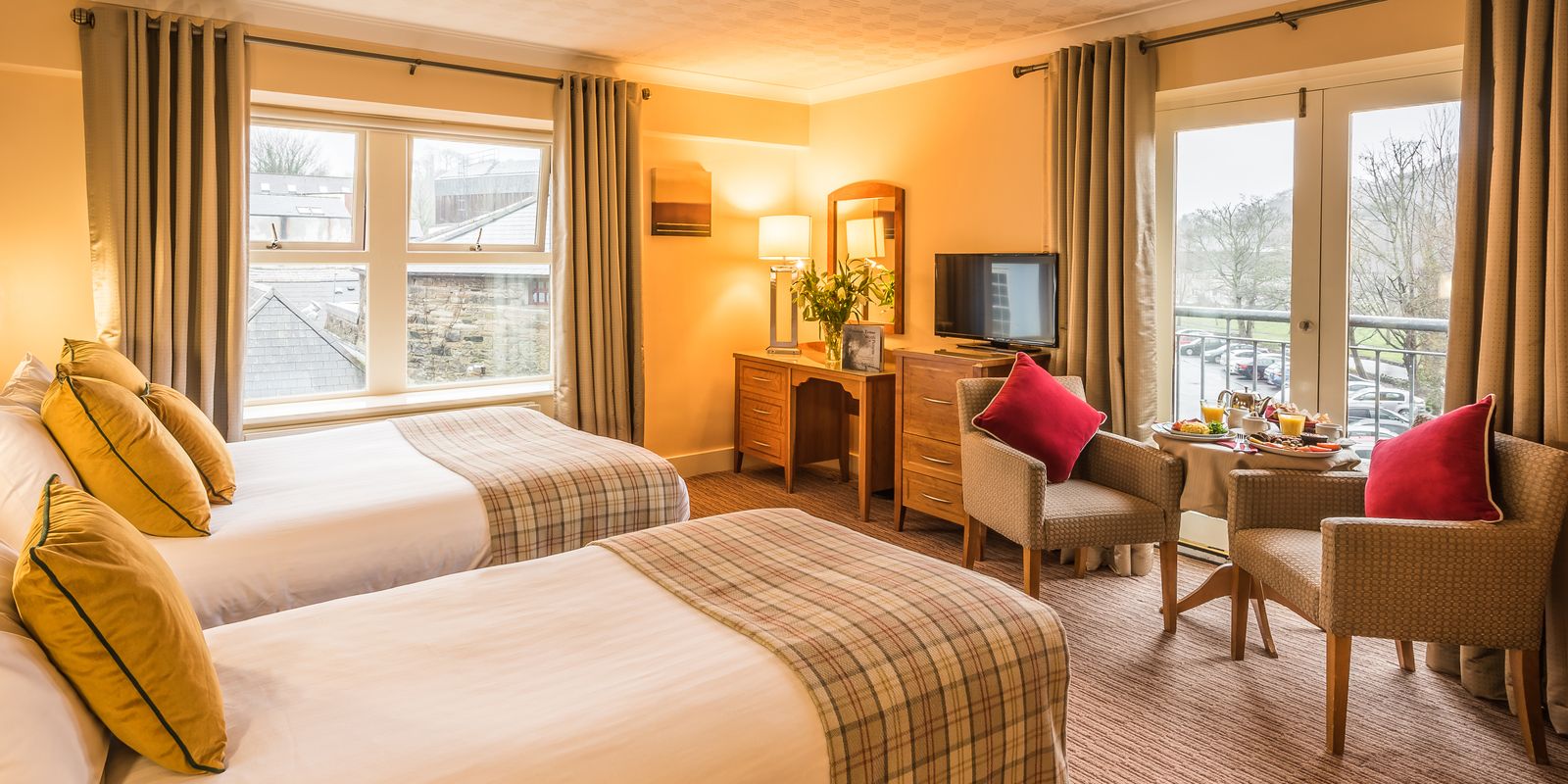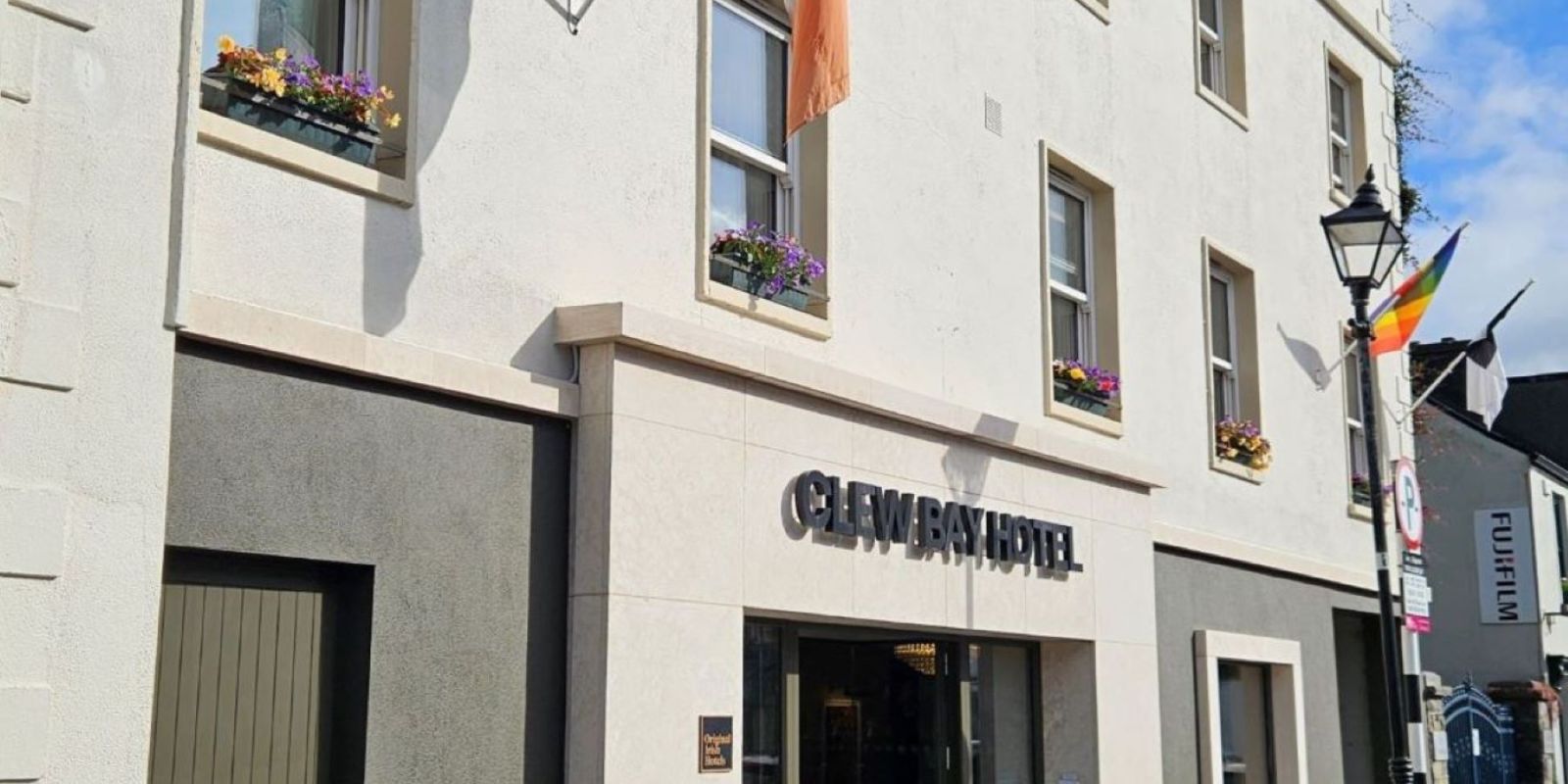On Saturday, we drove south to Kylemore Abbey. Kylemore was built in 1868 by a wealthy Englishman, a physician whose family owned textile mills, as a romantic retreat for his wife. It’s an outstanding example of neo-Gothic architecture and sits in an absolutely stunning setting. The house, a castle really, contained thirty-three bedrooms, a ballroom, billiard room, library, study, school room, smoking room, and gun room. The owner, Mitchell Henry, became involved in politics and represented Co. Galway in Parliament for fourteen years. There’s a beautiful small Gothic church on the site, just a small stroll along the lake from the house.
In 1920, it was bought for use as an abbey for Benedictine nuns whose abbey in Flanders was destroyed during World War I. As you can see, the abbey is in an extraordinary setting on Kylemore Lake and at the base of a mountain. We were very fortunate to have been at the Abbey a few years ago when there was a reunion of alumnae of the abbey school. You can imagine the lilt, lyric and joy of the women greeting each other, friends from long ago. “Is tat yerself Mary O’Toole?” Mary Margaret, Margaret Mary, Elizabet (no “h” sound, thank you), Ann, Bridget, Siobhan, Sineaid… A cacophony of voices high and low, young and old. With a mix of melancholy and regret. The school, girls only of course, was closing after educating generations of young women from the finest families in both Ireland and from the Irish diaspora worldwide. A victim of changing tastes and economic downturn. The final class of ten girls graduated in 2011.
If you’re a fan of gardening, you’ll be gobsmacked by the size and quality of the Victorian Walled Garden, which has been completed restored. You’ll pay an extra fee, but the money will be well worth it. From Kylemore’s website: “Comprised of roughly 6 acres, the Garden is divided in two by a beautiful mountain stream. The eastern half includes the formal flower garden, glass houses, the head gardener’s house and the garden bothy. The western part of the garden includes the vegetable garden, herbaceous border, fruit trees, a rockery and herb garden. Leaving the Garden by the West Gate you can visit the plantation of young oak trees, waiting to be replanted around the estate. The Garden also contains a shaded fernery, an important feature of any Victorian Garden.” Again, well worth the time and the extra expense.
In past years, we’ve always recommended to friends to avoid going on the property unless they were headed to the Gardens. The big house was just that, a big house with period furniture, rugs, and wallcoverings. Kind of if you’ve been to one, you’ve been to them all. After all, you can leave your car in the carpark for free, take a picture of the castle from across the lake, and then visit my favorite part of the complex – the cafe. The food and desserts at Kylemore are spectacular - fresh, clever, bursting with color and texture and taste. I wouldn’t miss it. And the expansive gift shop is among the best you’ll find anywhere.
But, things have changed at Kylemore Abbey in the last year and I would highly recommend paying the tariff to experience the whole place. The new audio-visual presentation and re-imagined tour is quite well done and you’ll get a real taste of the impressive history of this astonishing historical place.



